You can love your speed figures and trends, but once the leaves start falling, the ground in jumps racing quietly becomes the main character. Flat racing is a sprint playlist; the National Hunt season is a long, moody album where the going reports, the weather, and the importance of ground in jumps racing decide the tempo. If you’ve ever backed a spring-heeled chaser who turned into treacle when the rain came, you already know the plot twist.
The idea here isn’t to lecture you or throw lab-coat jargon around. This is a friendly guide, written by a fellow fan who’s made the classic mistakes (including ignoring the forecast and then watching my ticket melt like a gelato in July). Let’s talk about why ground matters, how to read it quickly, and how to fold it into your jumps racing betting without overcomplicating things. If you want more race-specific insights, check out my Betting Guides where I cover major races in depth.
- Going in National Hunt racing: what it really means
- Different ground types in jumps racing (Good, Soft, Heavy)
- Importance of ground in jumps racing vs Flat racing
- Soft and heavy ground examples in jumps racing
- Jumps racing betting notes: how to read the ground
- Quick ground checklist (save this bit)
- FAQs: Ground in Jumps Racing
- Final thoughts
Going in National Hunt racing: what it really means
When we talk about going in National Hunt racing, we’re basically describing how the turf feels under hoof. On turf, the scale runs from Heavy (wettest/deepest) through Soft, Good to Soft, Good, sometimes Good to Firm, and very rarely Firm for jumps. You’ll also see Irish cards use Yielding, which sits near Good to Soft. On raceday, the clerk of the course publishes a going description and updates it as conditions change. Courses also take objective readings with devices like the GoingStick, but for a bettor the useful takeaway is simple: the ground is a moving target that can shift with a single shower, bright sunshine, or a stiff breeze.
Two practical notes:
- Going is not uniform: the back straight might ride different to the home turn. You’ll often read “soft, heavy in places”—believe it.
- Track staff work hard to keep racing safe and fair, but nature still has veto power. Treat the going as live information, not a static label.

Different ground types in jumps racing (Good, Soft, Heavy)
Good – the easy rhythm
On Good ground, races flow. Horses can travel, jump, and quicken. You’ll often see slick jumping and fewer tired falls late on. “Good” suits pacey, fluent movers and can flatter speed over sheer stamina. If your selection needs a strong test, don’t automatically panic—strong pace can still turn Good into a stamina race—but in general, raw speed holds better here.
Good to Soft – the middle lane
Good to Soft is autumn’s default setting. There’s a touch of “give” but not a bog. The best horses still come to the fore, but they need to stay as well as travel. This is the honest ground where little details matter: a tidy jumper who wastes no energy at his fences, a jockey who saves ground on the turns, a trainer who says “this is his trip and his time of year.”
Soft – the stamina test
On Soft, every yard costs more. Horses lift higher and land heavier; mistakes creep in as lungs burn. This is where “mudlarks” emerge—types who finish their races when others curl up. Soft ground rewards rhythm, balance and economy: clean jumping, breathers at the right moments, and a rider who resists a silly mid-race move. If a favourite has never shown form with cut, be cautious. From a soft ground betting perspective, a solid handicapper with proven form in the mud can suddenly look very interesting at a price.
Heavy – survival mode
Heavy is less a condition than a lifestyle choice. Races turn attritional: times balloon, fields splinter, and the last half-mile can look like a slow-motion documentary. Heavy emphasises stamina, attitude, and technique. Horses with big, rolling actions can plough on; light-framed speedsters may flounder. From a heavy ground jumps racing point of view, previous deep-ground proof is worth gold—and “unexposed but flashy” profiles are often traps.

Importance of ground in jumps racing vs Flat racing
- Longer distances magnify fatigue. Two and a half miles on Soft is a different sport to two miles on Good; add a stiff finish and you’ve got a proper examination that underlines the importance of ground in jumps racing compared to the Flat.
- Jumping quality changes with footing. On easier ground, you often get slicker, braver leaps. On Soft/Heavy, takeoff and landing demand more strength, timing, and concentration—mistakes multiply when legs are tired.
- Tactics adjust. Leaders can get away from the pack on deep ground if the chasers are struggling; equally, forceful riding too soon can bankrupt the tank. Riders who measure the fractions well gain a big edge.
- Field size and pace shape the test. On rain-softened afternoons, fields can thin out and the early burn might be less fierce—until the brave soul on the front end dares to stretch them.
Soft and heavy ground examples in jumps racing
- Cheltenham in wet spells: Opening day has arrived more than once as soft, heavy in places, and it changes everything. Speedy novices suddenly face a lung-buster; steady jumpers with soft-ground form get upgraded. Markets react, but not always enough.
- Grand National week on soft/heavy: When Aintree edges into the deep end, it becomes a stamina exam with capital letters. Horses proven in winter slogs—Welsh Nationals, long-distance chases on testing tracks—attract support, while smart spring types can be overbet.
- Forecast swings: You’ll also see the opposite: an early-week “soft” that dries to something closer to Good by the big day, especially with wind and sun. Don’t wed yourself to a Monday opinion for a Saturday race.
These shifts aren’t trivia; they re-rack the race. A horse that looked a doubtful stayer on Monday might become rock-solid on Wednesday after the heavens open—or the other way round if a dry spell arrives.

Jumps racing betting notes: how to read the ground
Here’s a simple approach you can use without spreadsheets or Latin names for soil types.
- Start with past form by going. Scan a horse’s record for actual wins/placings on today’s going. “Soft/Heavy winner” is a positive; “best form on Good/Good to Firm” is a yellow light if the mud is flying. Be wary of small samples—one heavy-ground win in a three-runner race on a flat track is not the same as grinding up a hill in a 20-runner handicap.
- Match the going to the course and trip. Soft at a sharp, flat track is different to Soft at a stiff, uphill finish. Deep ground over 2m4f+ exposes stamina. If connections step a horse up in trip and he’s facing soft ground, you want solid evidence he stays.
- Watch the first races—don’t guess. The best ground read is live. Is the front end sticking on? Are closers making headway or spinning their wheels? Are horses switching off the rail to search for better ground? Five minutes of observation can beat an hour of guesswork.
- Upgrade tidy, economical jumpers. On testing ground, horses who meet their fences right and waste no energy gain yards at every obstacle. Clumsy types pay double: energy lost and rhythm broken.
- Respect the specialists. Some yards aim horses at deep-ground targets every winter. Some sire lines and dams produce stock who act in the mud. And some horses just love swimming lessons. If the evidence screams “wants it soft,” don’t overthink it.
- Don’t marry your ante-post ticket. Weather laughs at us. If the going swings between declaration and post time, allow yourself to pivot. Hedging or switching is not a moral failure; it’s bankroll hygiene. By the way, I’ve also written about the horses I never bet on, which ties into knowing when to stay away.
- Trip and pace: be realistic. A free-going front-runner might look electric on Good; on Heavy he could burn out before the last. Conversely, a grinder can look slow on Good but suddenly becomes a menace when the engine room matters more than the turbo.
- Value lives in the mud. When conditions deteriorate, the market can cling to reputation. That’s your window. A proven soft-ground stayer who’s been ticking over quietly can trade bigger than he should against a fashionable favourite with questions to answer. It’s exactly the kind of spot where understanding handicap races and betting value really pays off.
Quick ground checklist (save this bit)
The day before
- Check the forecast and wind—dry, breezy days can dry a track faster than you think.
- Note the official going, any “in places” detail, and how those ground conditions in jumps racing could affect your shortlist.
- Shortlist horses with proven form on expected conditions.
Morning of the race
- Re-check the going update and any going-stick map if provided.
- Scan non-runners—ground-sensitive withdrawals can reshape pace and prices.
After the first race or two
- Watch how they’re finishing. Are late mistakes spiking? Are leaders being reeled in or skipping away?
- Adjust. If the track rides deeper than billed, upgrade stamina and neat jumpers; downgrade buzzy front-runners.
Staking
- In heavy conditions, consider fewer bets, stronger opinions.
- Each-way can be your friend in big-field handicaps when many won’t cope.
Final thoughts
You don’t need a meteorology degree to use the ground well. Keep it human: look for evidence (past form on similar going), context (course, trip, pace), and what your eyes tell you once the tape goes up. On Good, class and speed sing. On Soft and Heavy, heart, technique and stamina take the microphone.
Most of all, stay flexible. The ground is the sport’s most honest trickster. Learn its moods, and you’ll avoid a lot of bad bets—and land a few that make you feel like you’ve cracked the code. Until the next rain shower, of course.
If you love the Jumps, learning to read the ground is half the fun and, yes, half the heartbreak. But that’s why we keep coming back, isn’t it?
And if you’re already thinking about the season ahead, check out my guide on the horses to follow for the 2025/26 Jumps season
FAQs: Ground in Jumps Racing
What does going mean in jumps racing?
In jumps racing, the “going” describes how the ground feels under hoof, from Heavy to Good. It’s the official turf condition reported by the clerk of the course and updated on raceday. For punters, it’s vital information: going affects speed, stamina, jumping rhythm, and even race tactics.
Why is soft ground important in betting?
Soft ground turns a race into a stamina test. Horses need rhythm, balance, and proven ability in testing conditions. Favorites without form on soft can struggle, while hardy handicappers with mud-loving records often become real betting value. That’s why soft ground betting often rewards those who dig deeper into past performances.
How can I use ground conditions to improve my bets?
Start by checking each horse’s form on today’s going—look for proven winners on similar ground. Then consider course layout and trip: two miles on Good isn’t the same as two miles on Soft. Watch early races, too—live evidence beats labels. Matching ground conditions in jumps racing with past form boosts your edge.
What’s the difference between Flat and Jumps racing ground?
Flat racing is usually about speed and shorter distances, so Good ground flatters pace. In jumps racing, the ground matters more because races are longer, fences demand energy, and stamina is tested. Heavy ground jumps racing can turn a classy horse into a struggler and elevate a grinder into a winner.
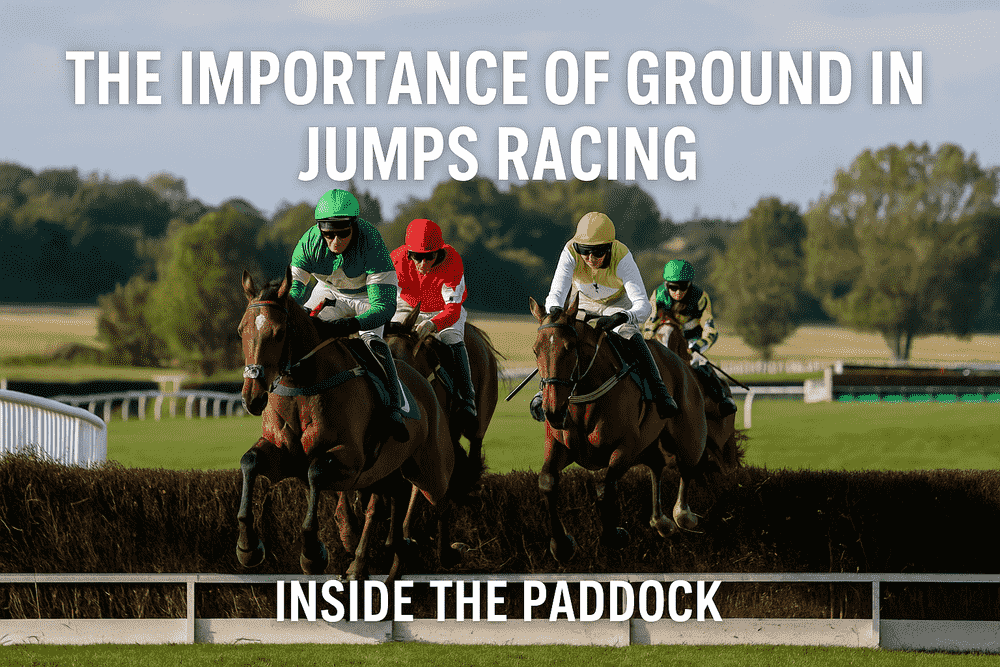
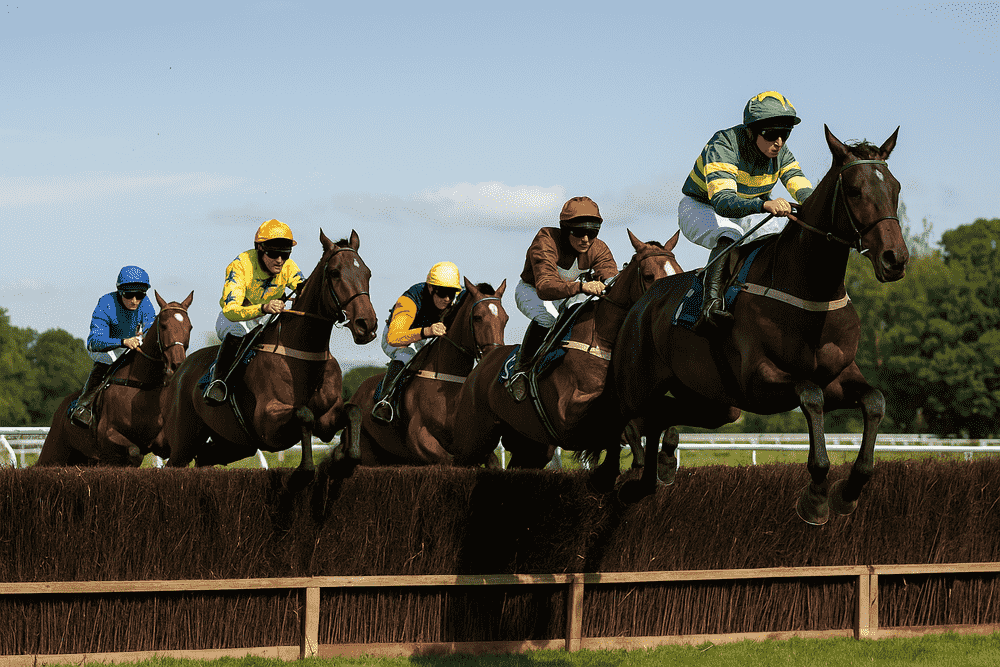
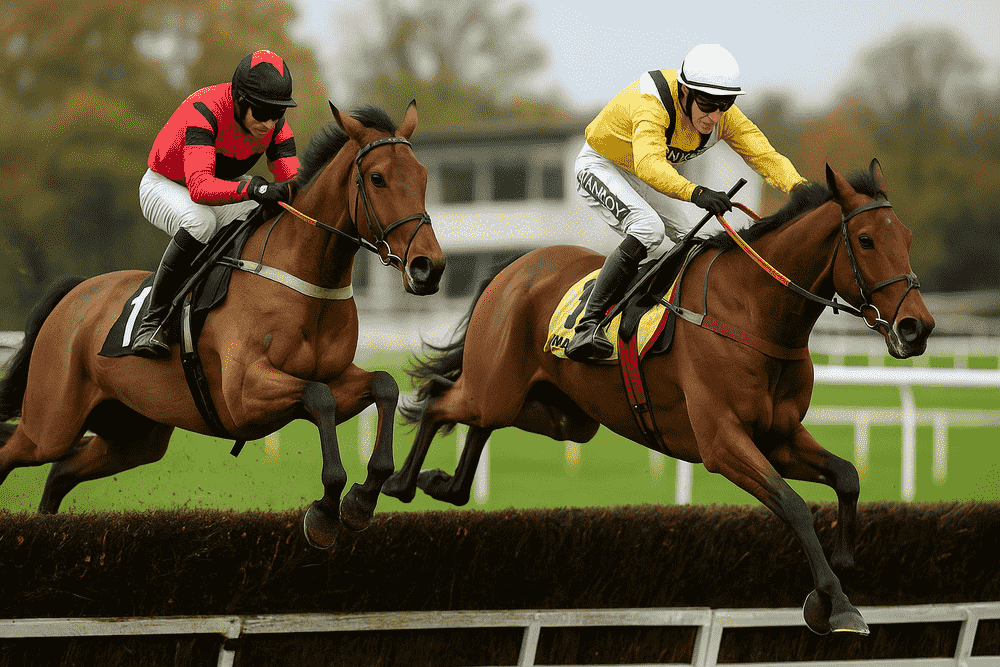
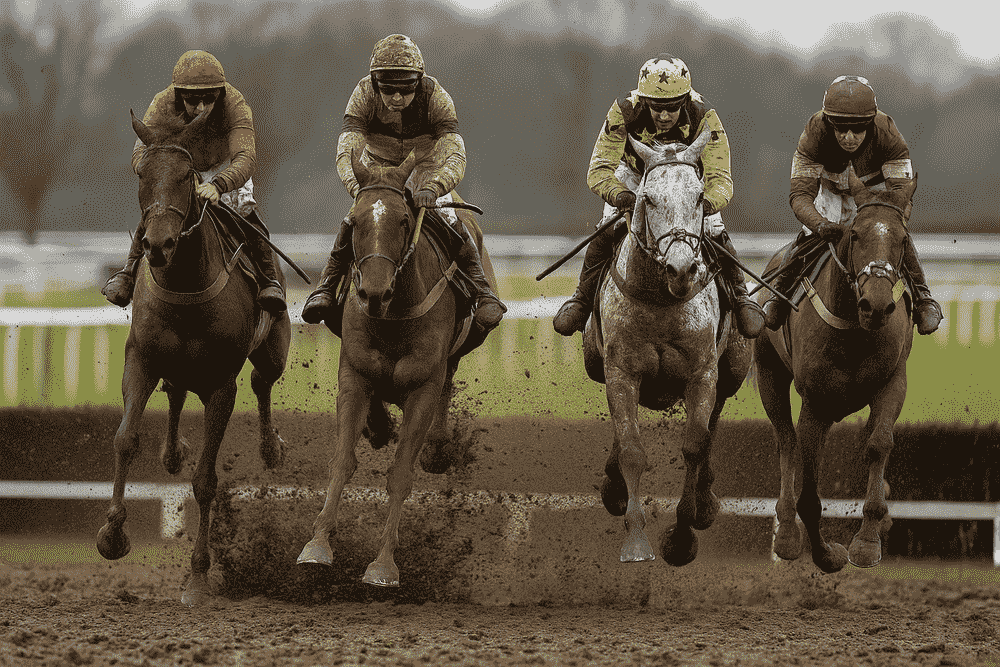
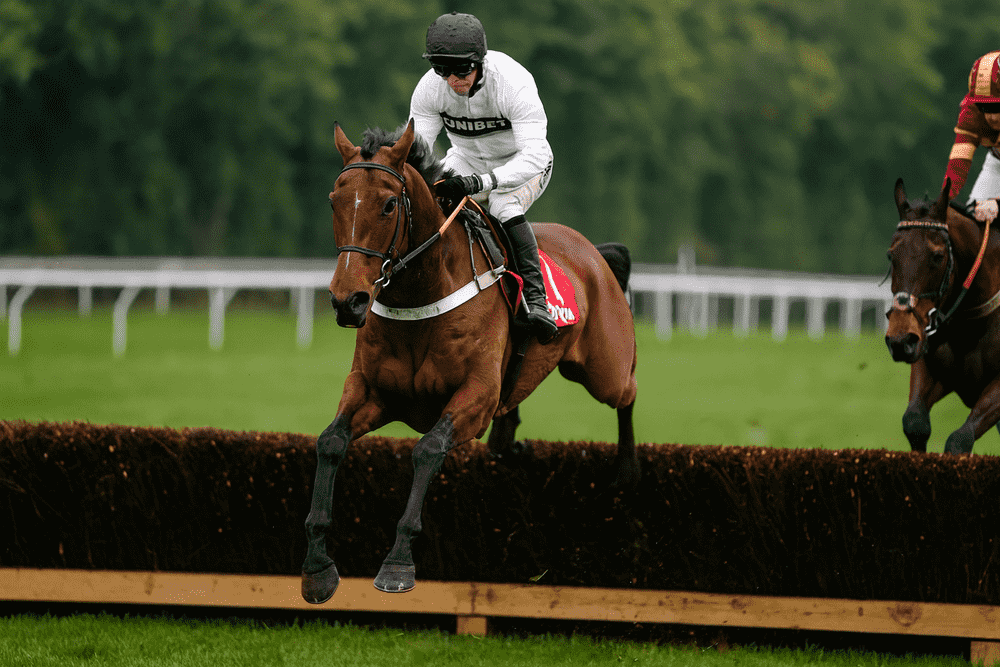
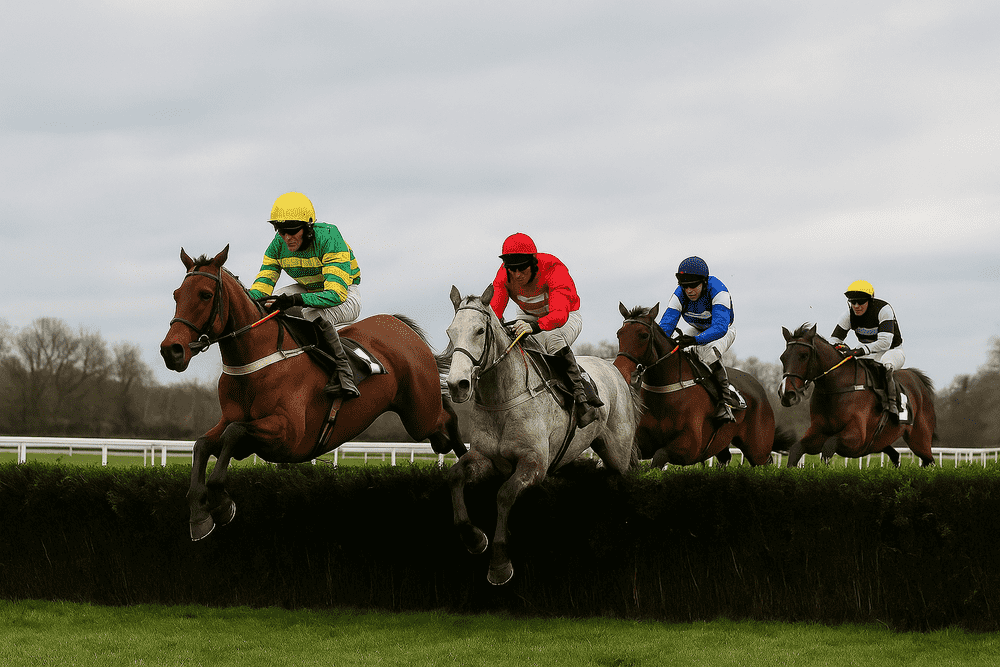



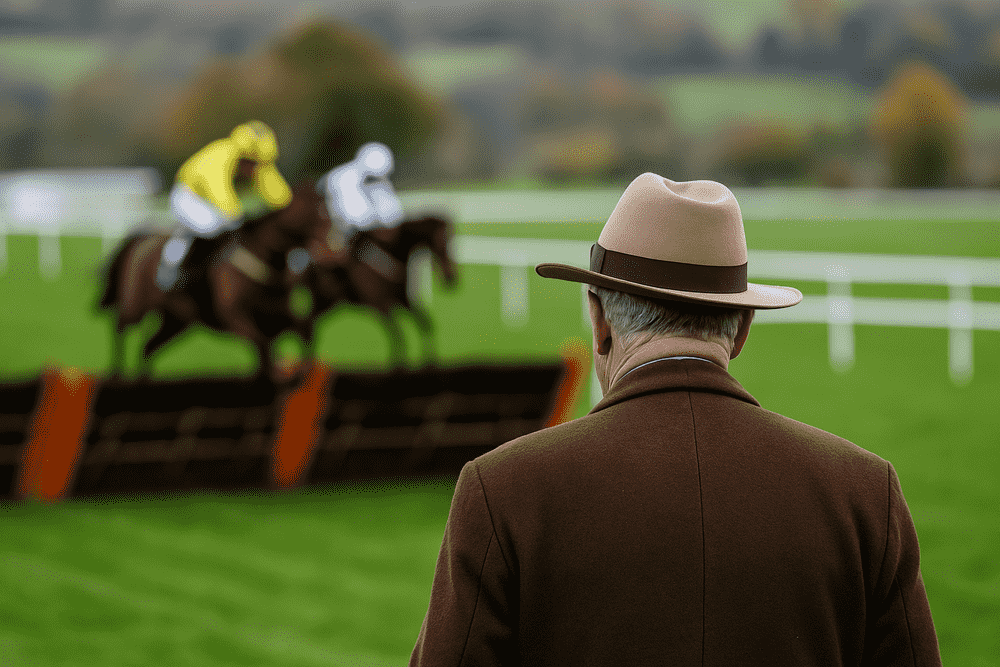

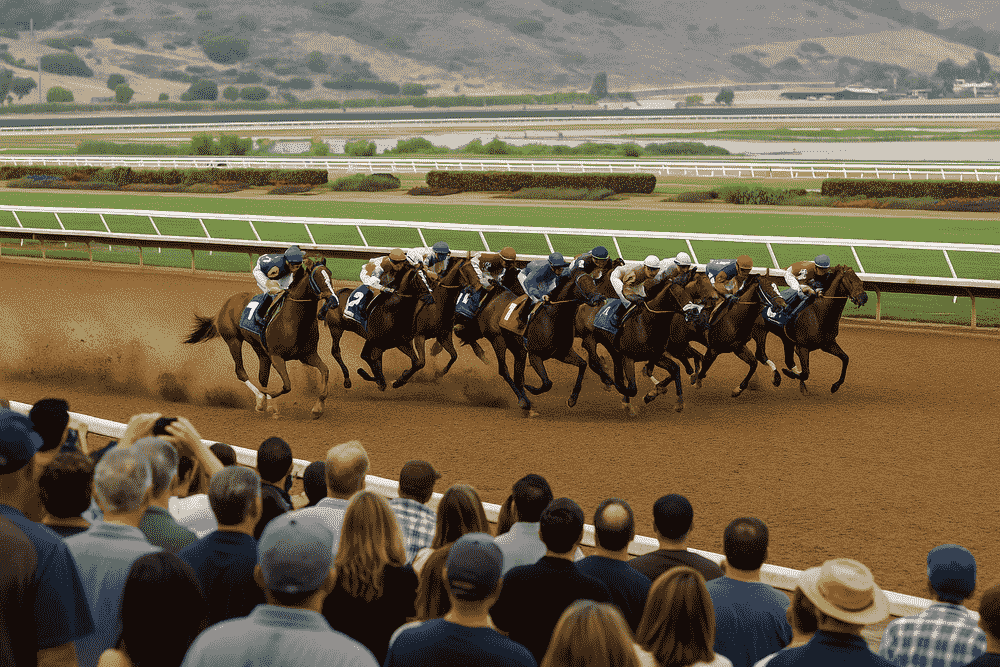
Horses to follow for the 2025/26 Jumps Season –
[…] with the ground and the trip. If you read my fresh guide on ground in jumps racing, you know the drill: Good lets class sing, Soft asks questions, Heavy shouts them. Don’t back a […]